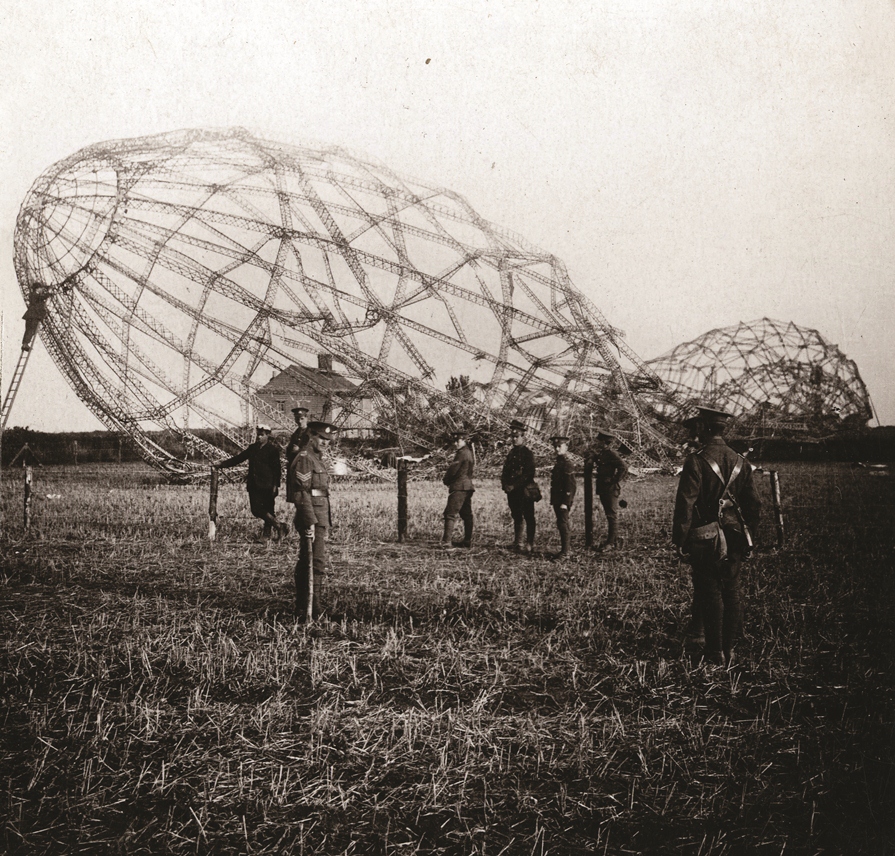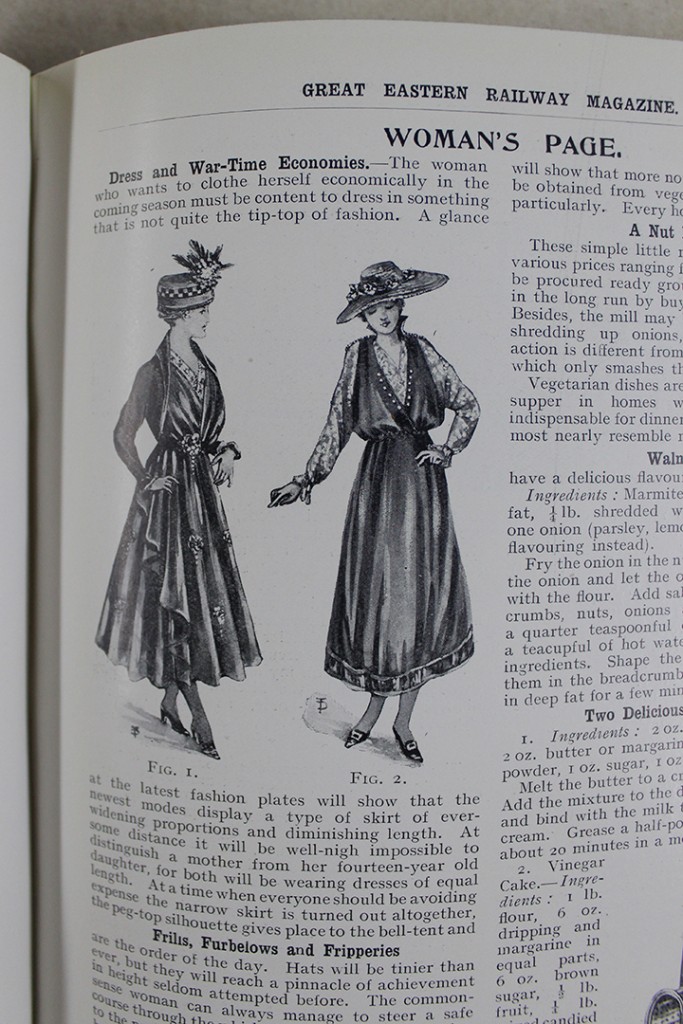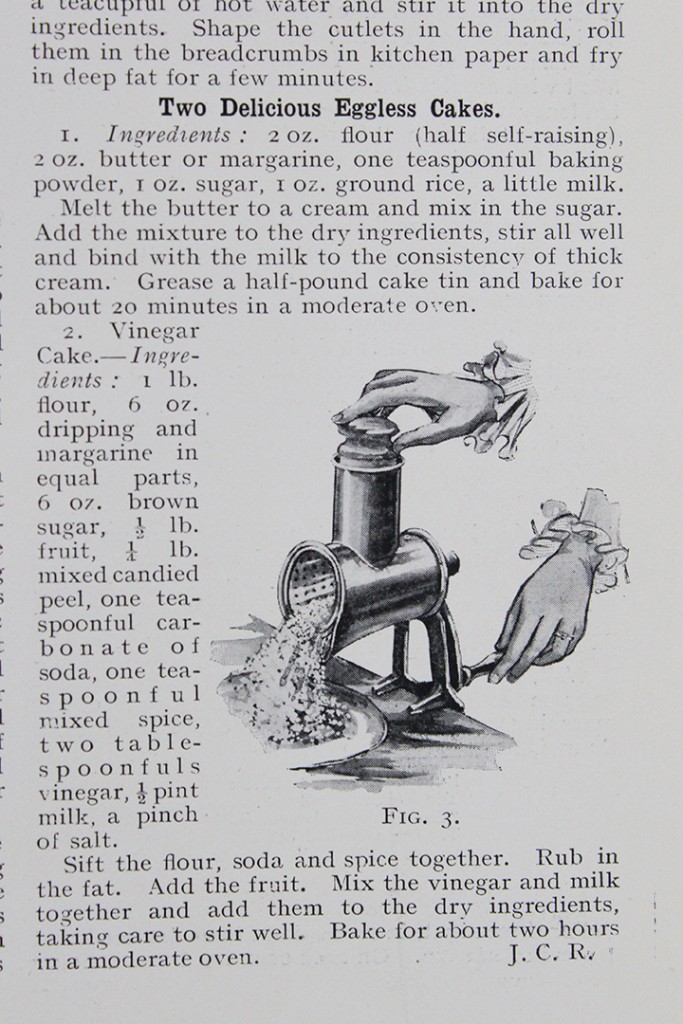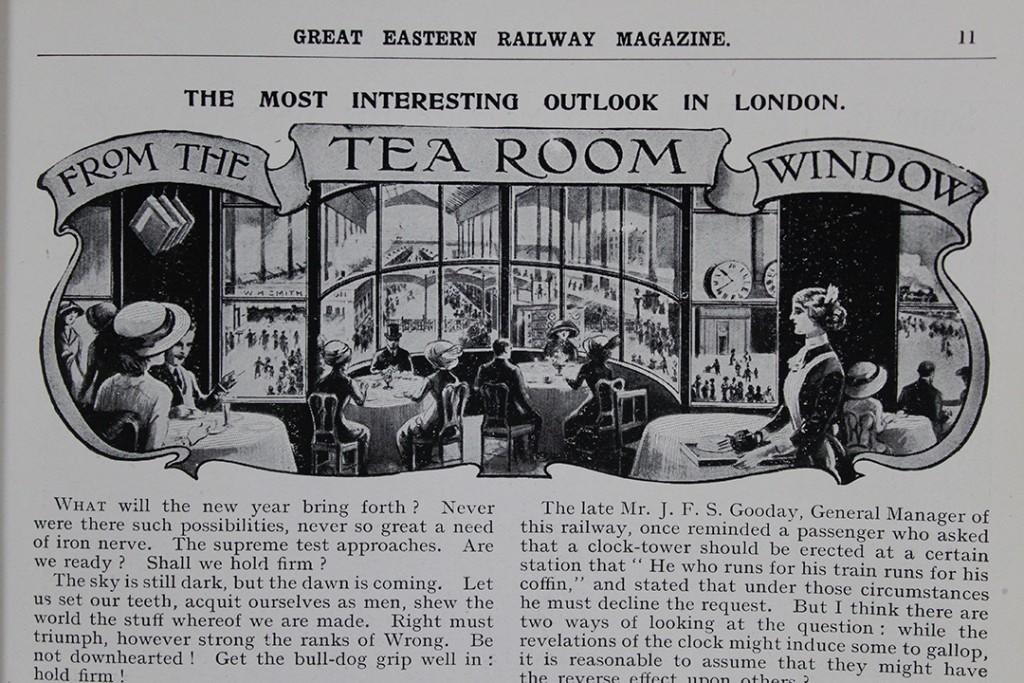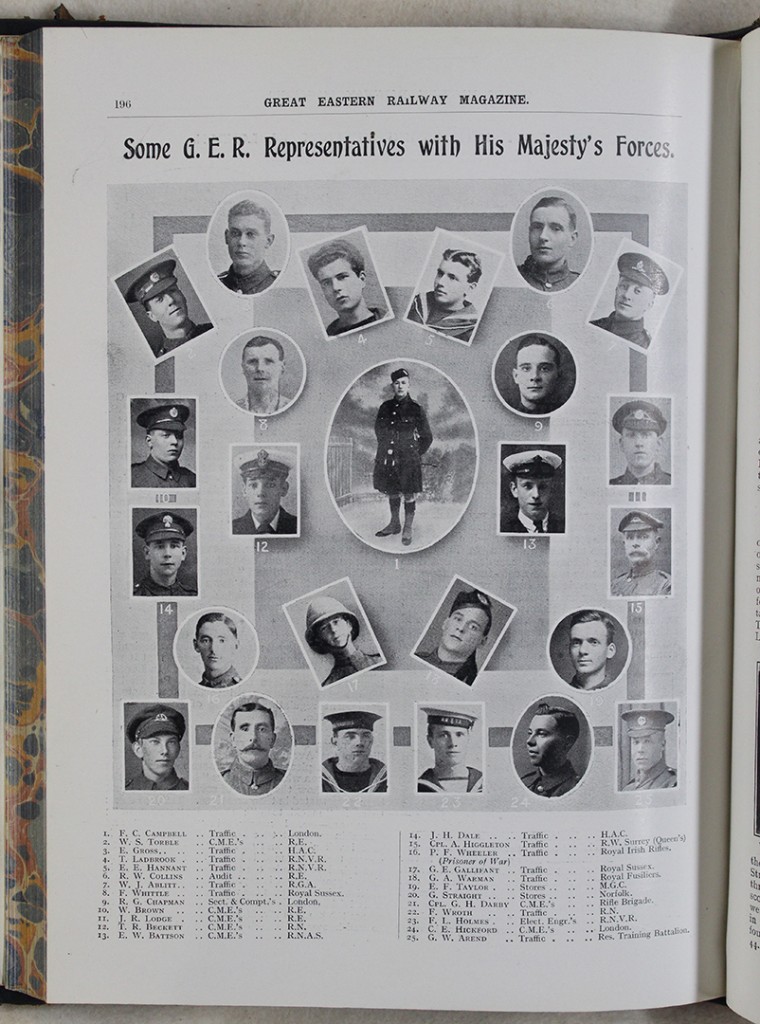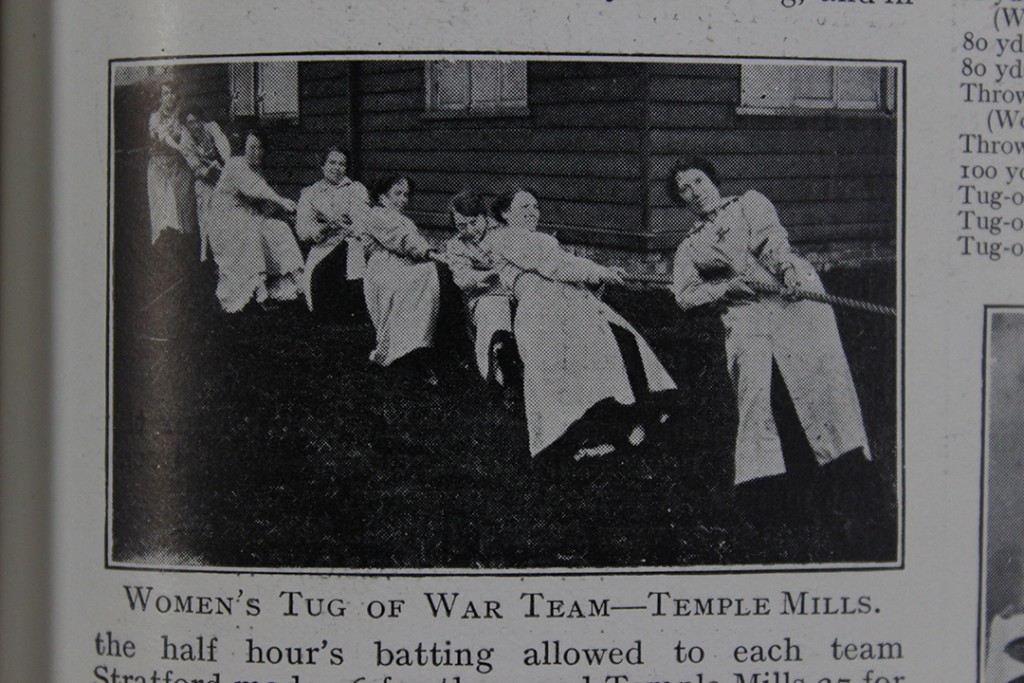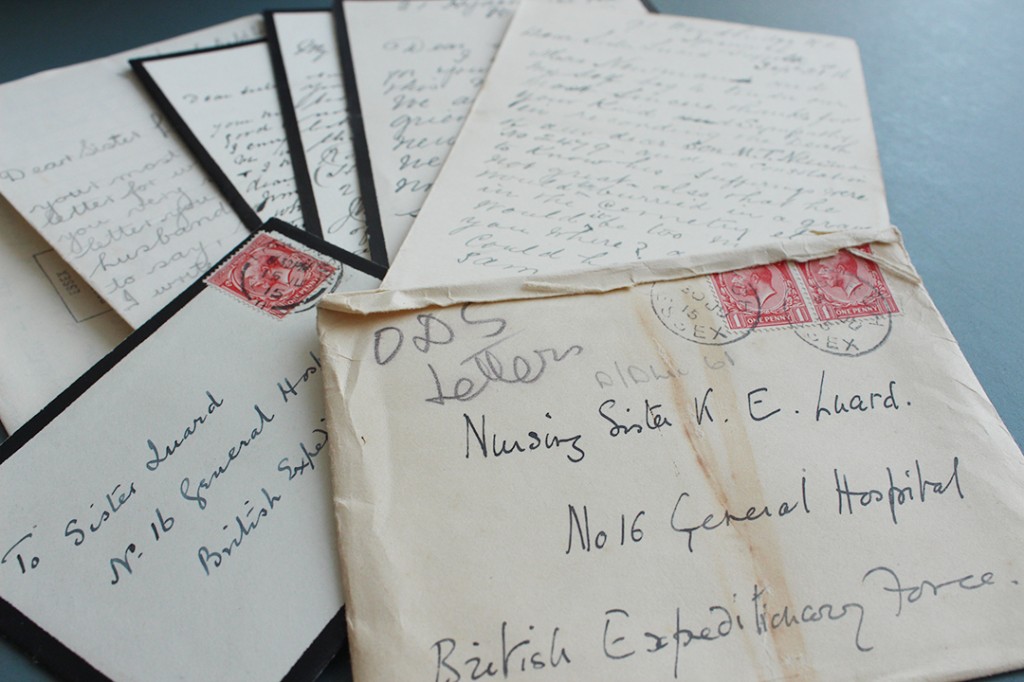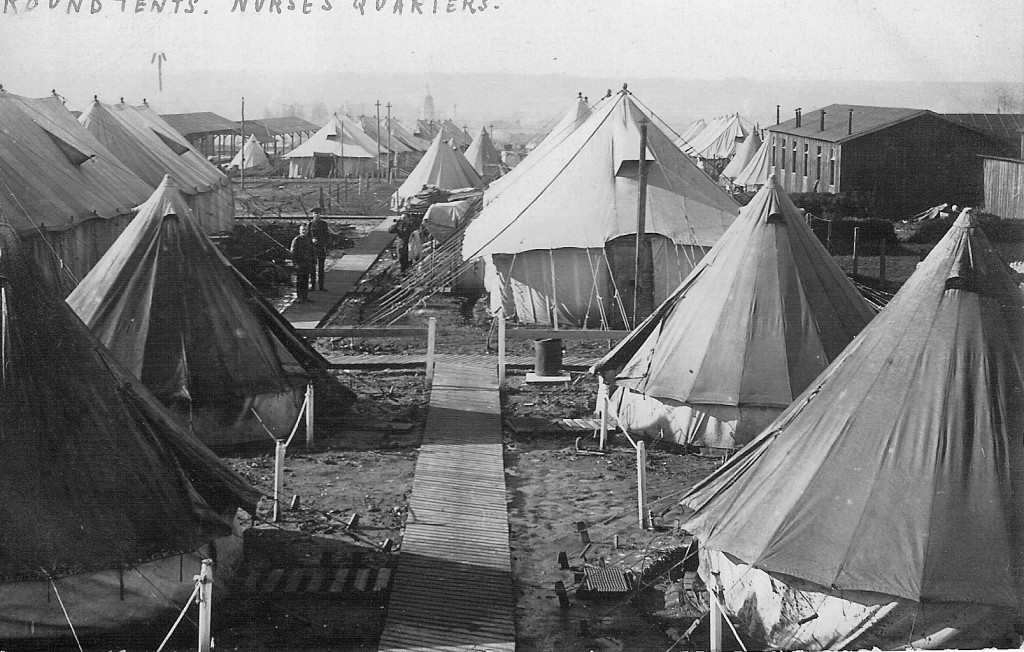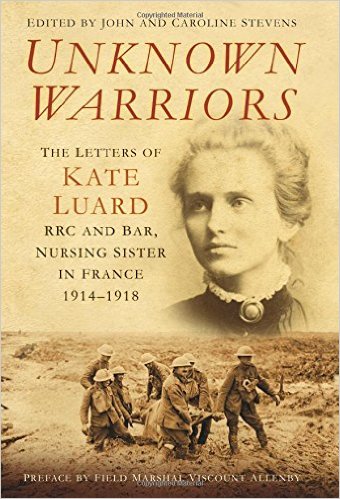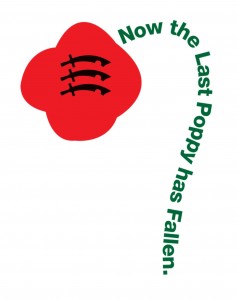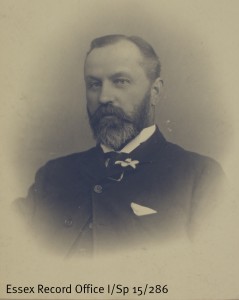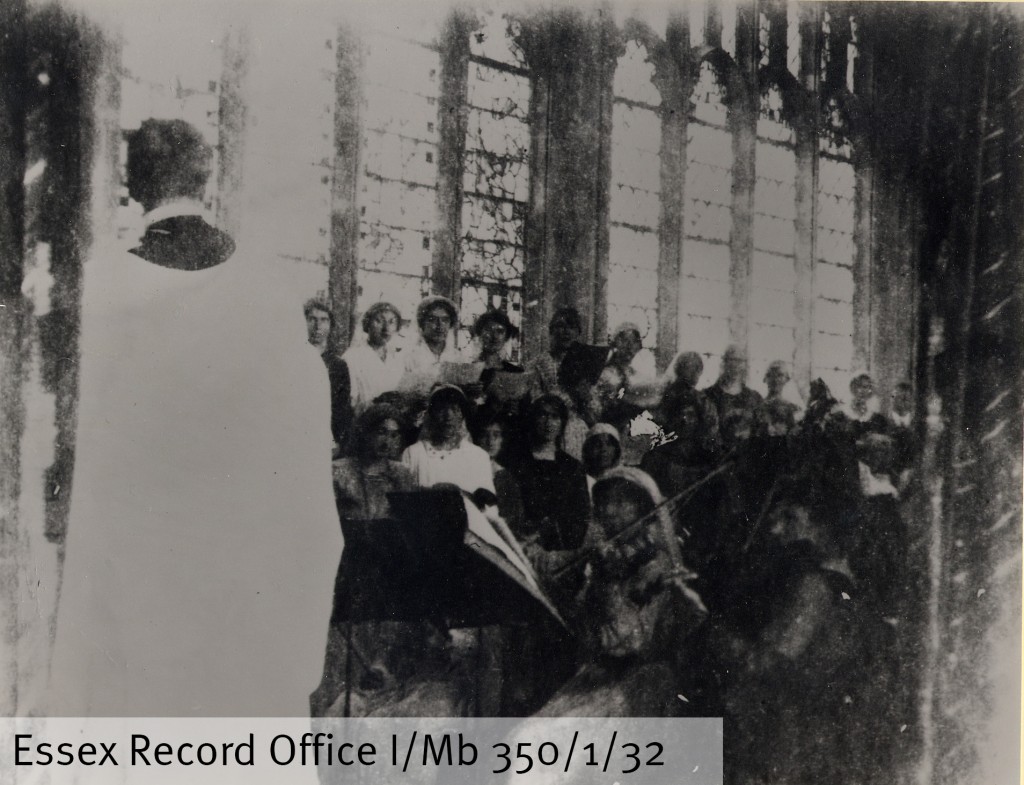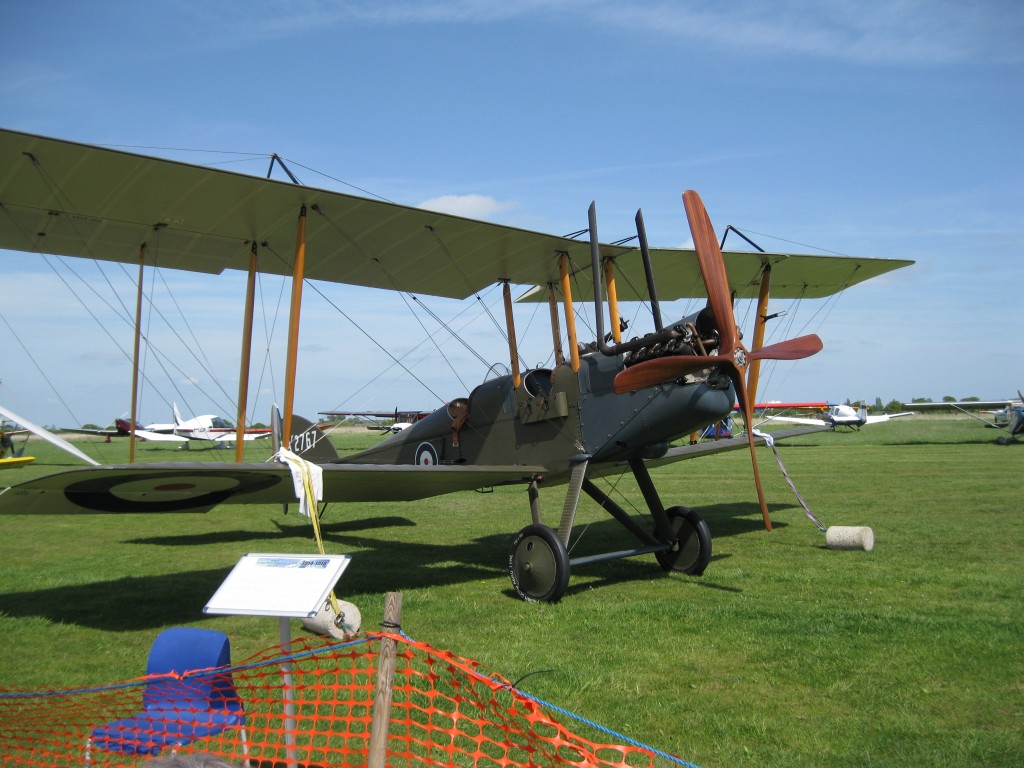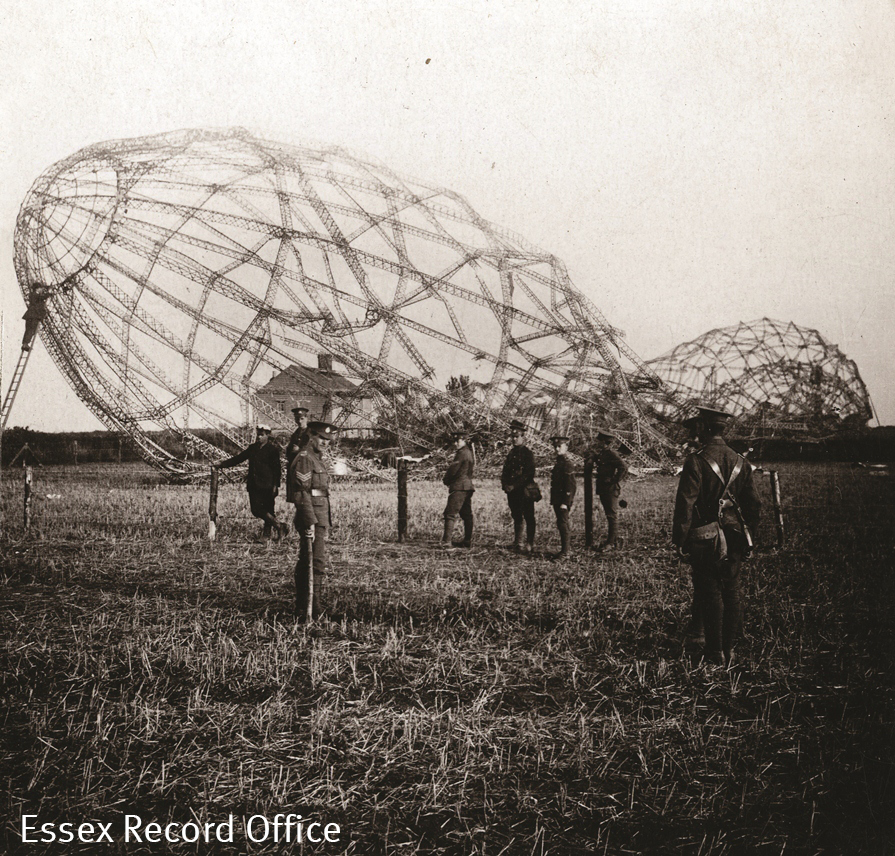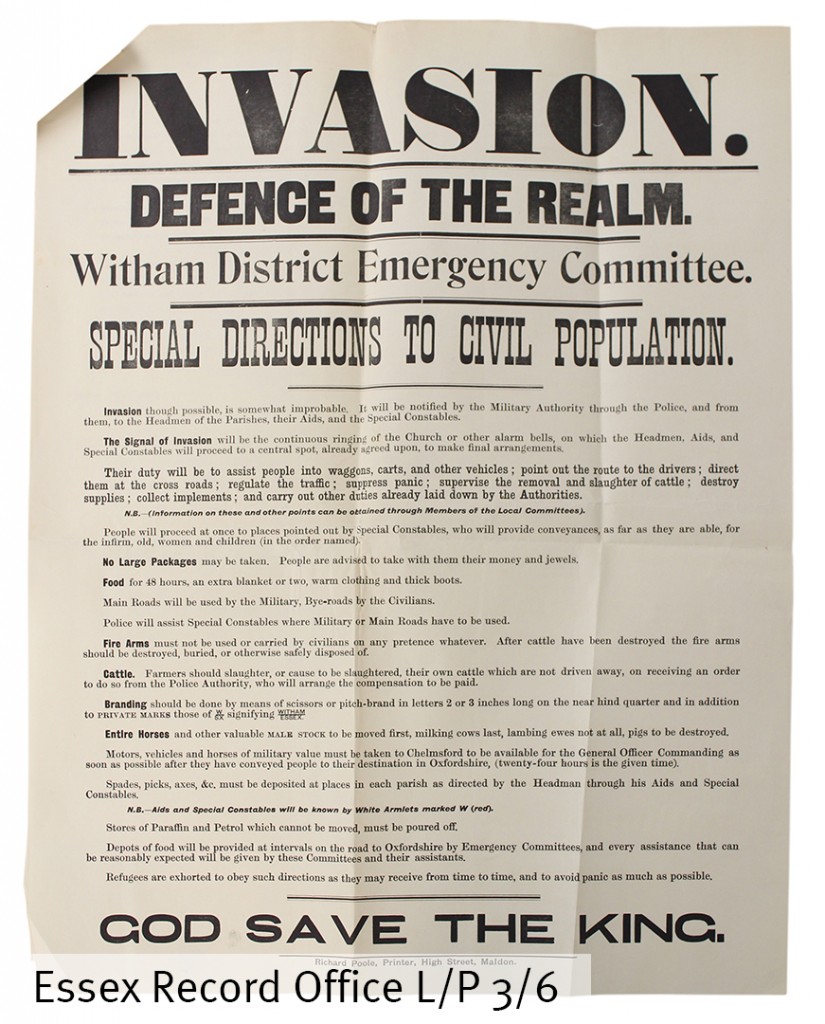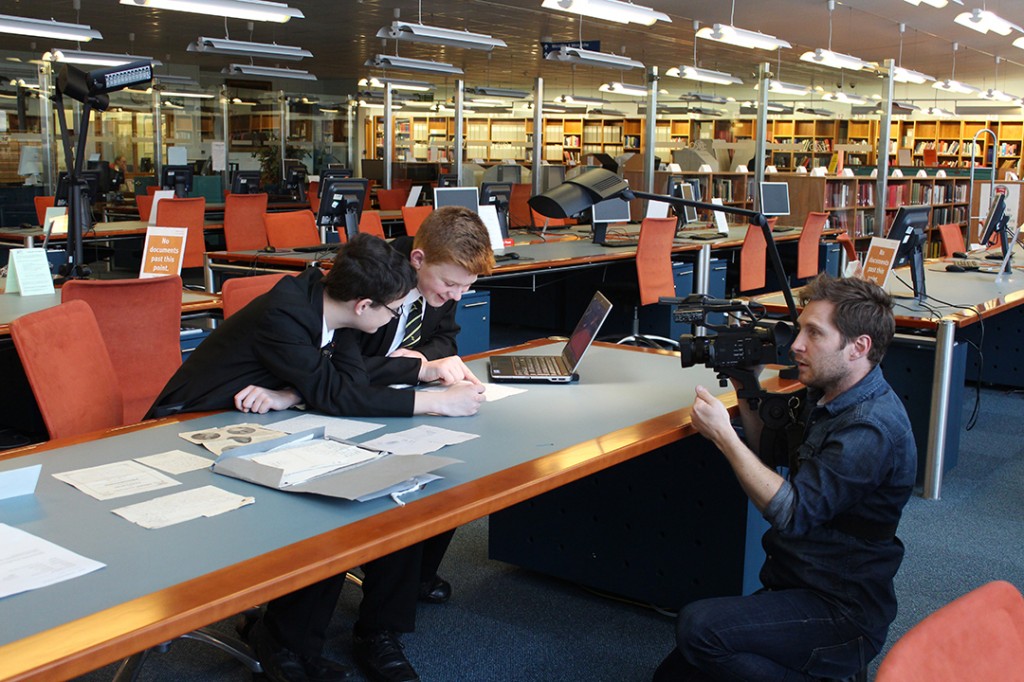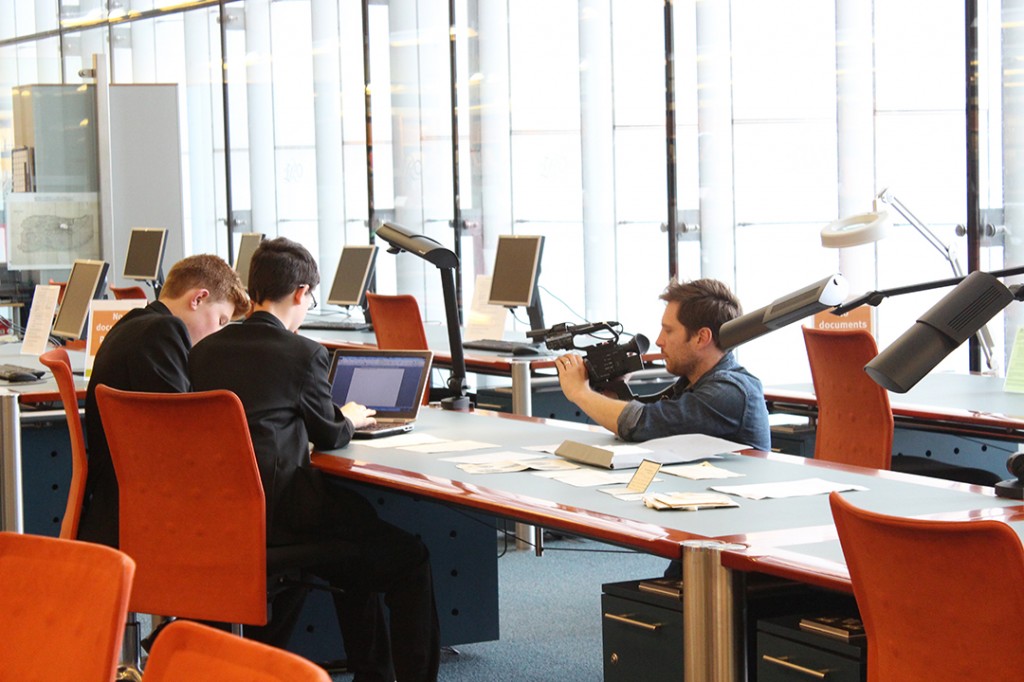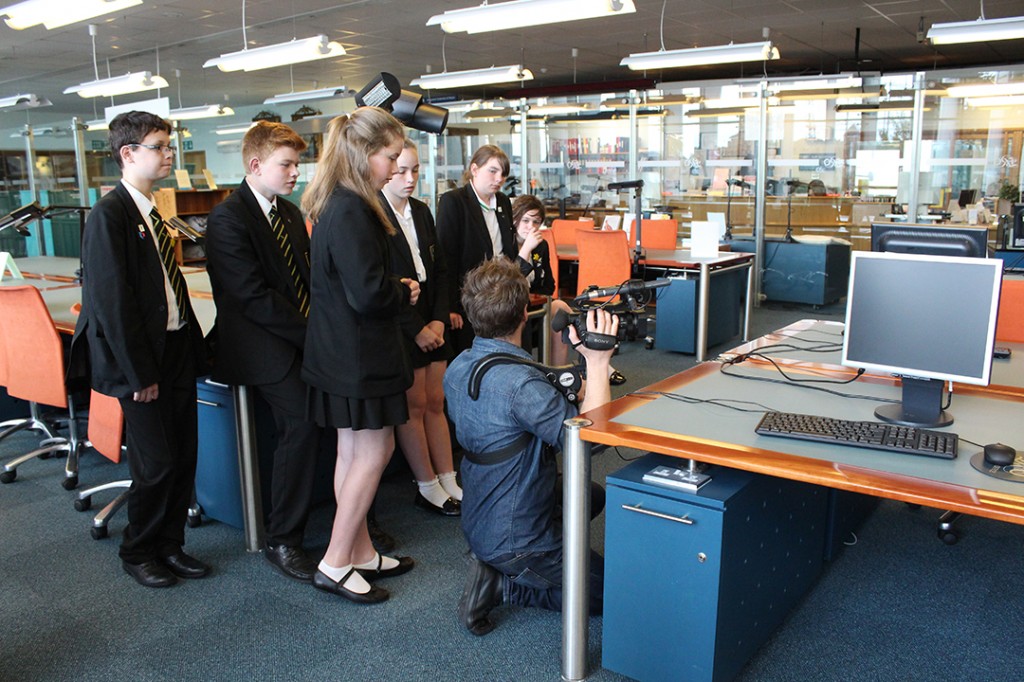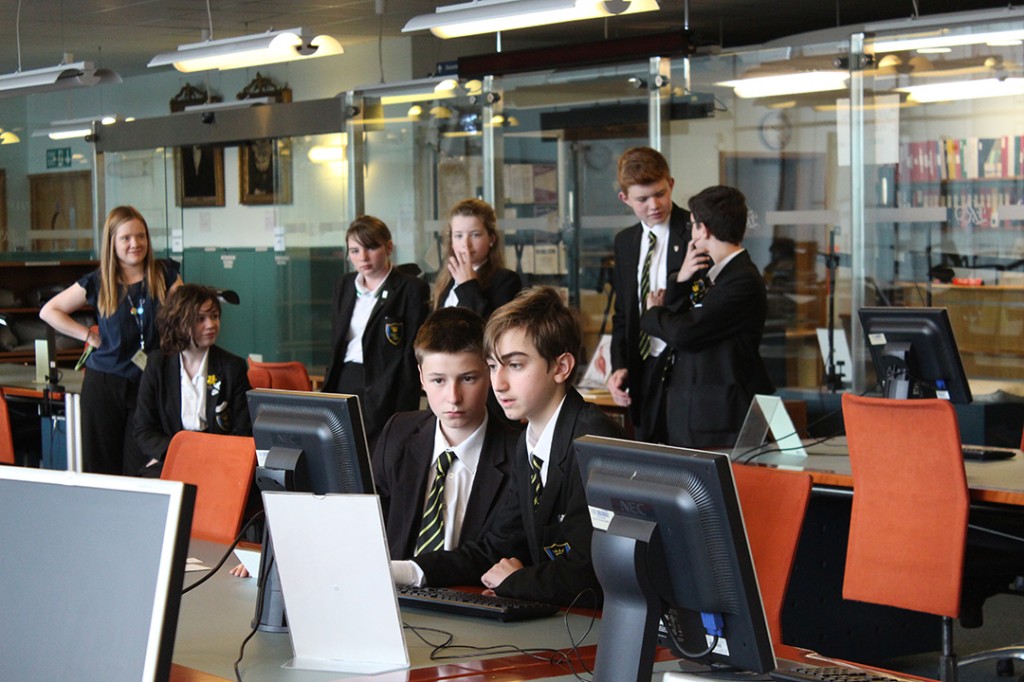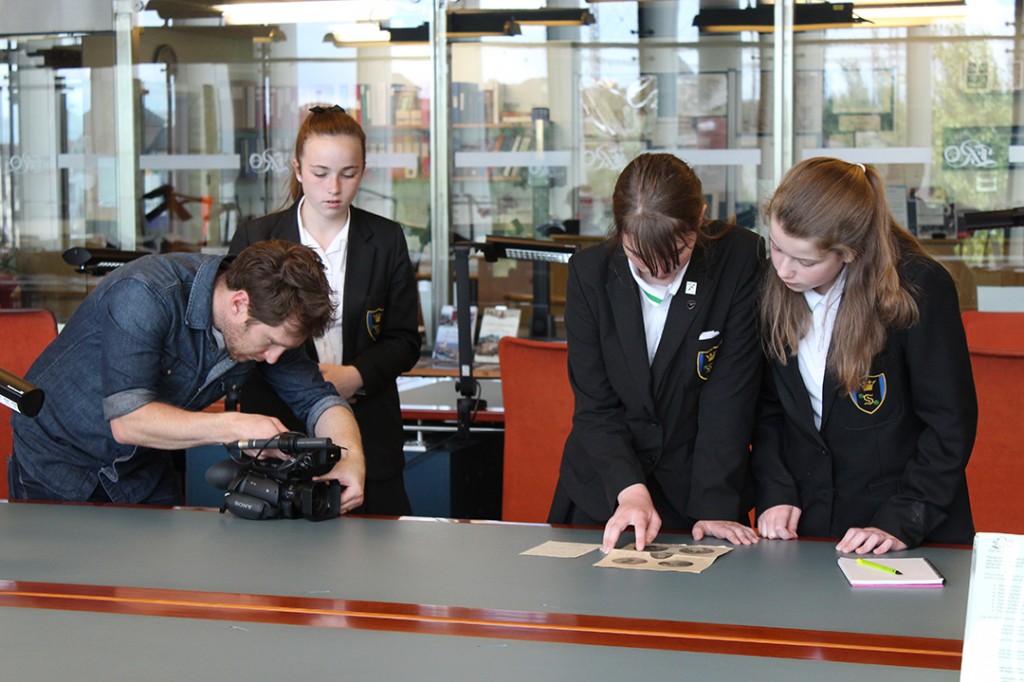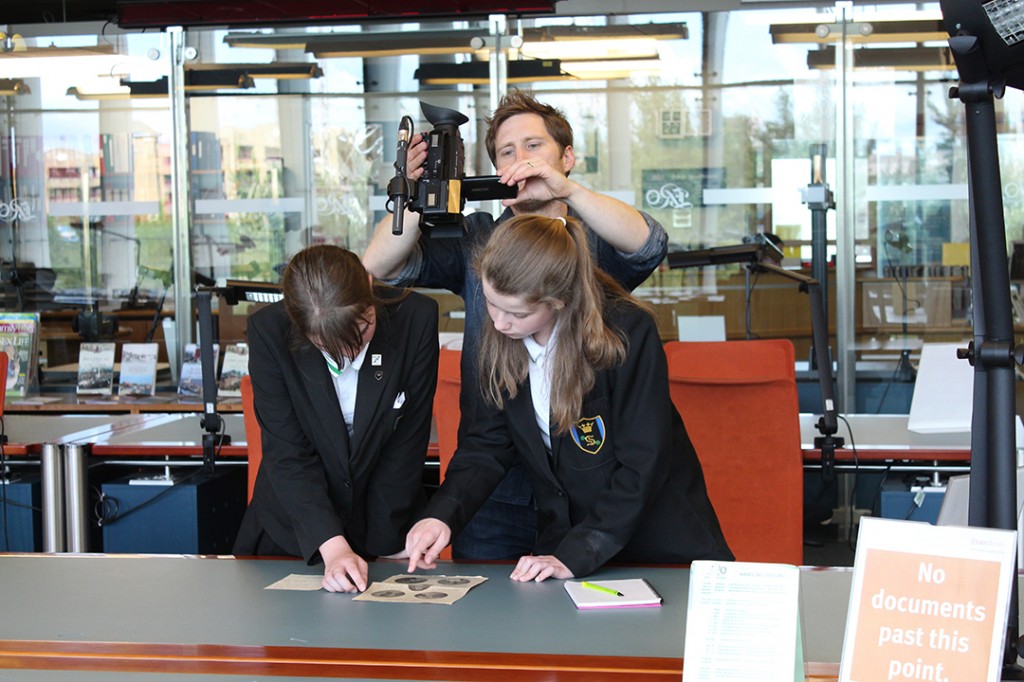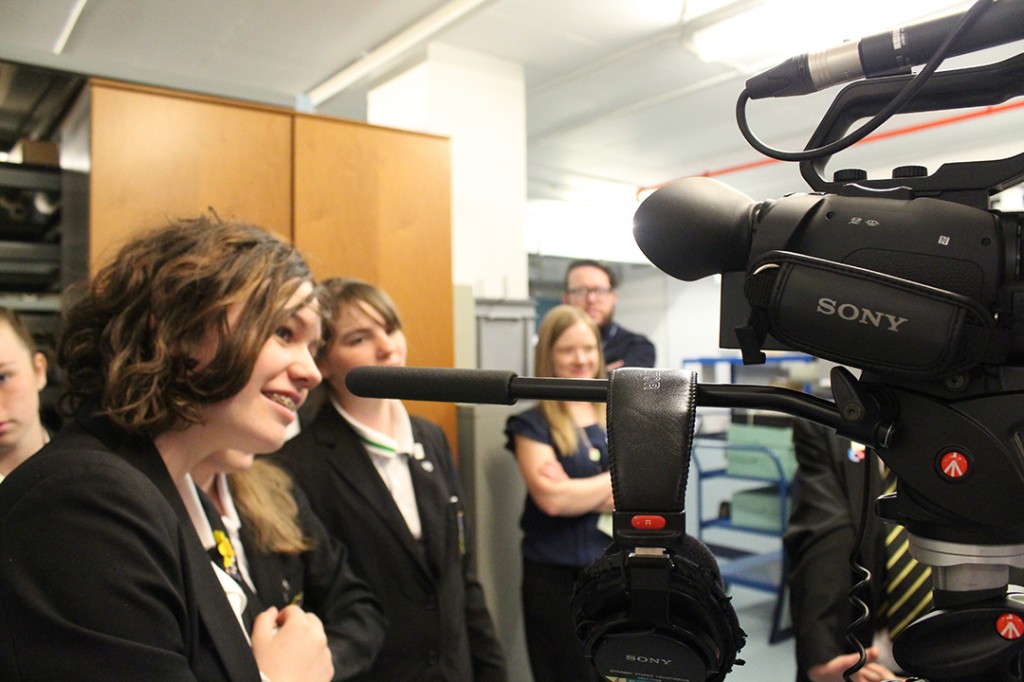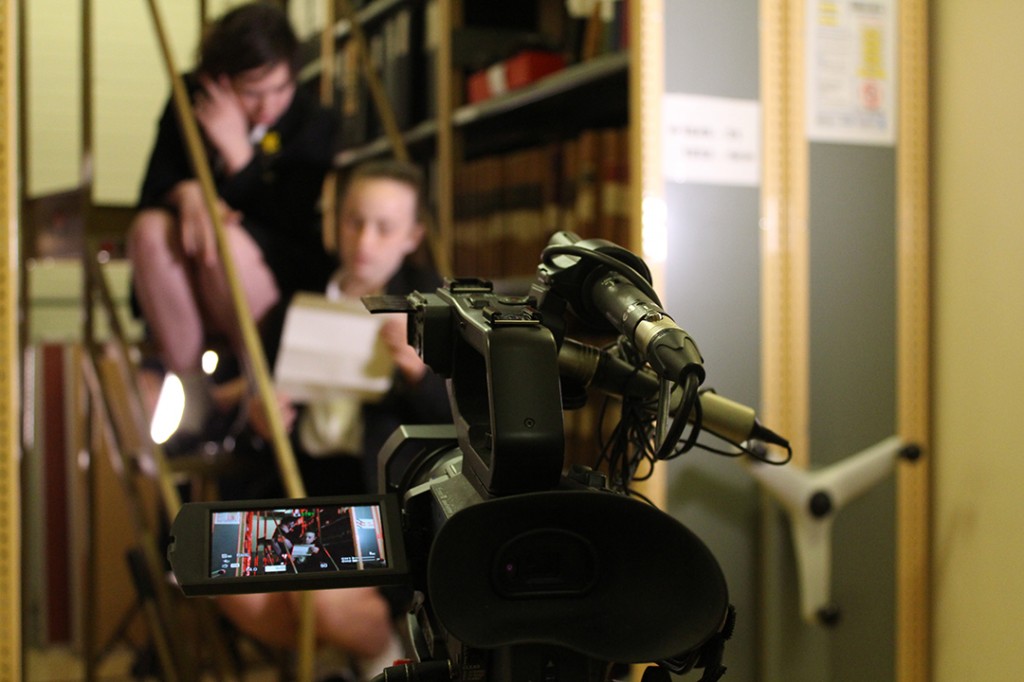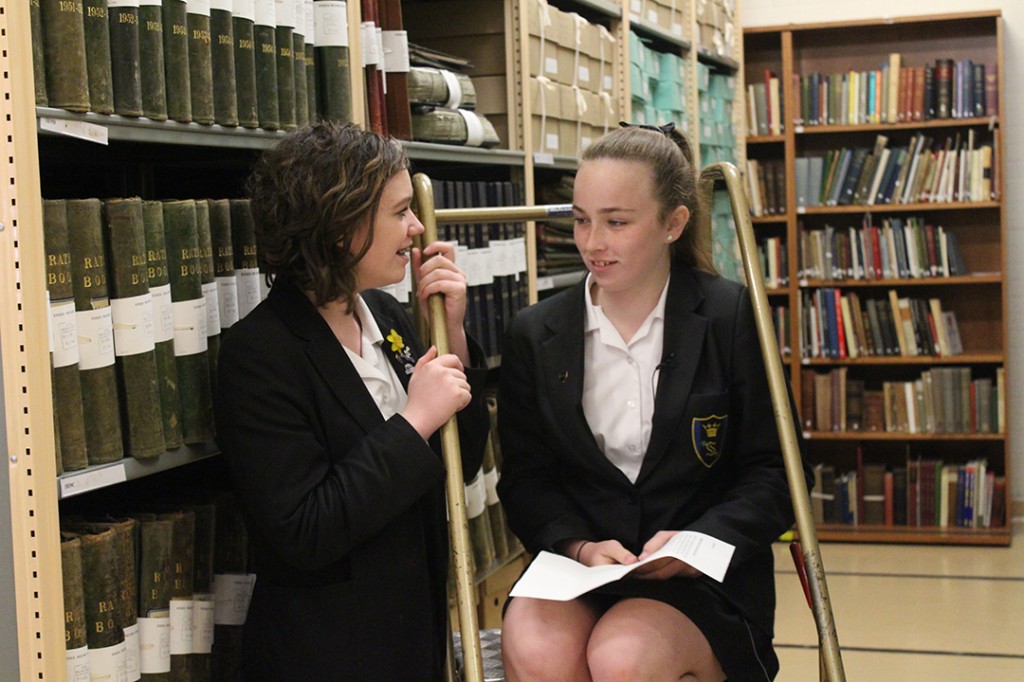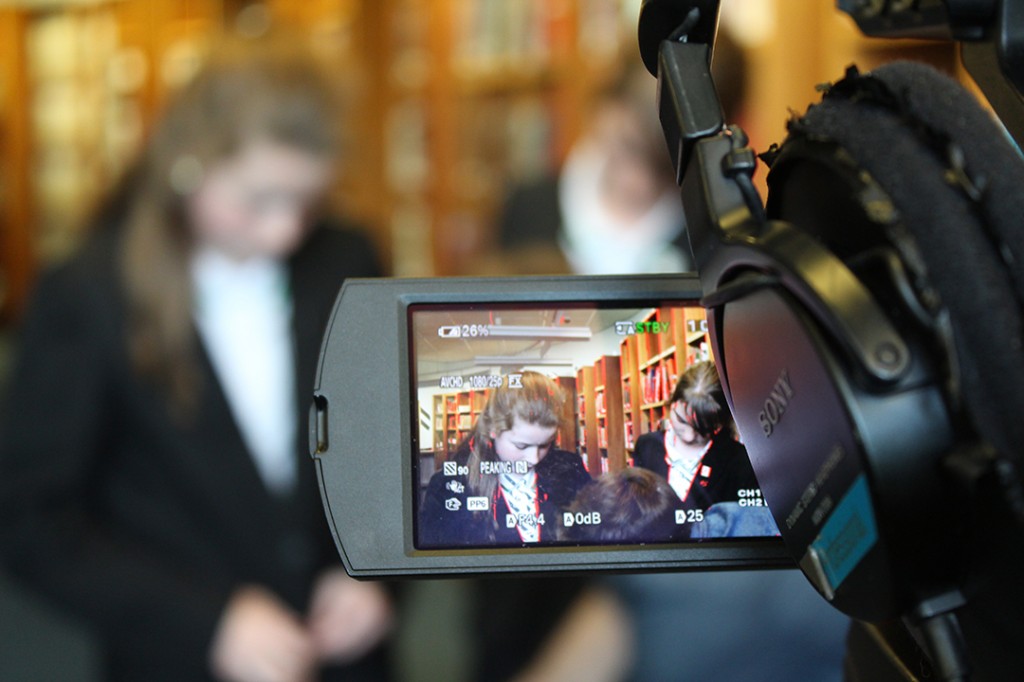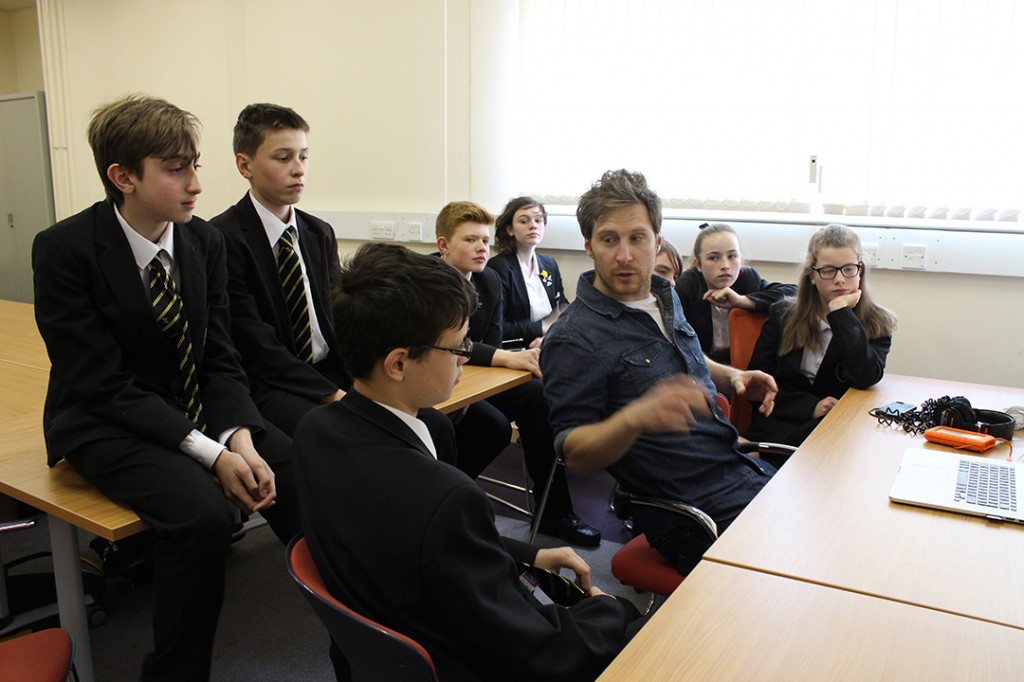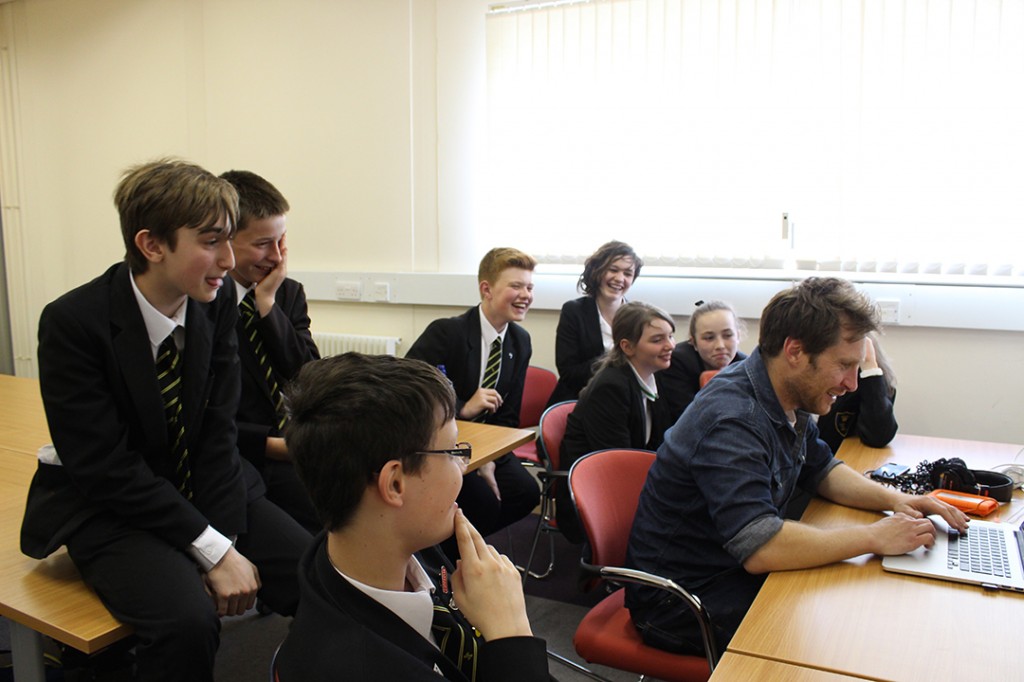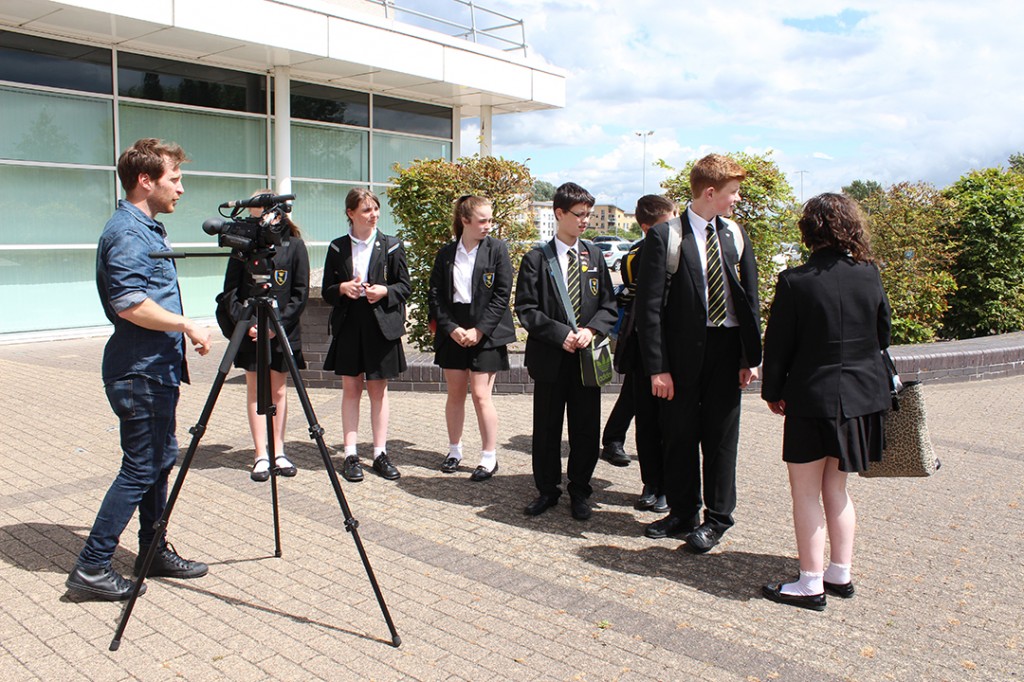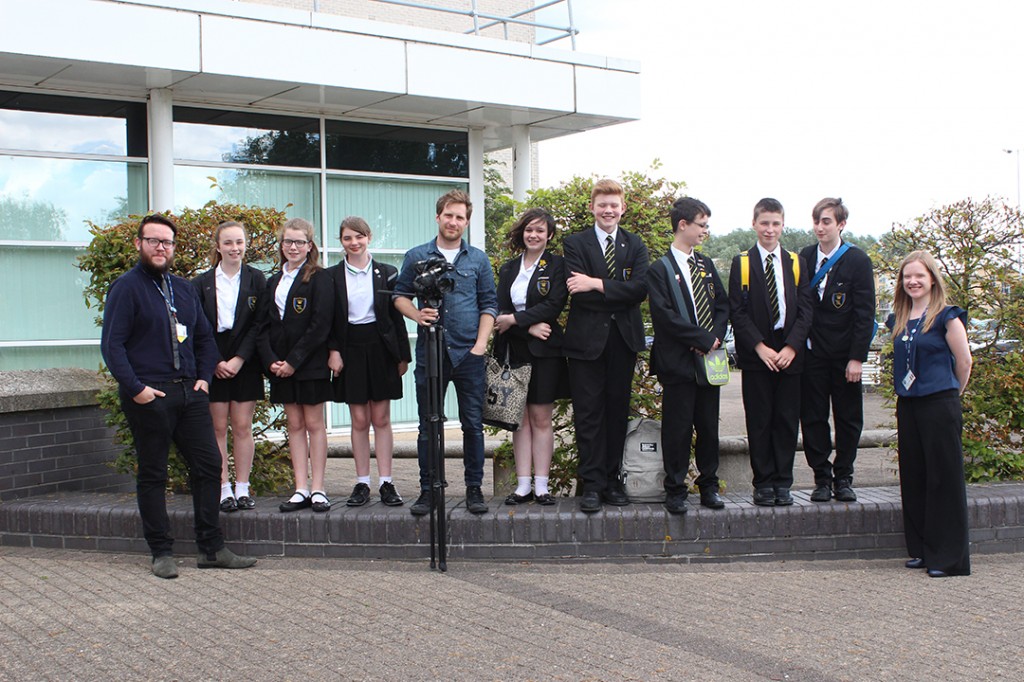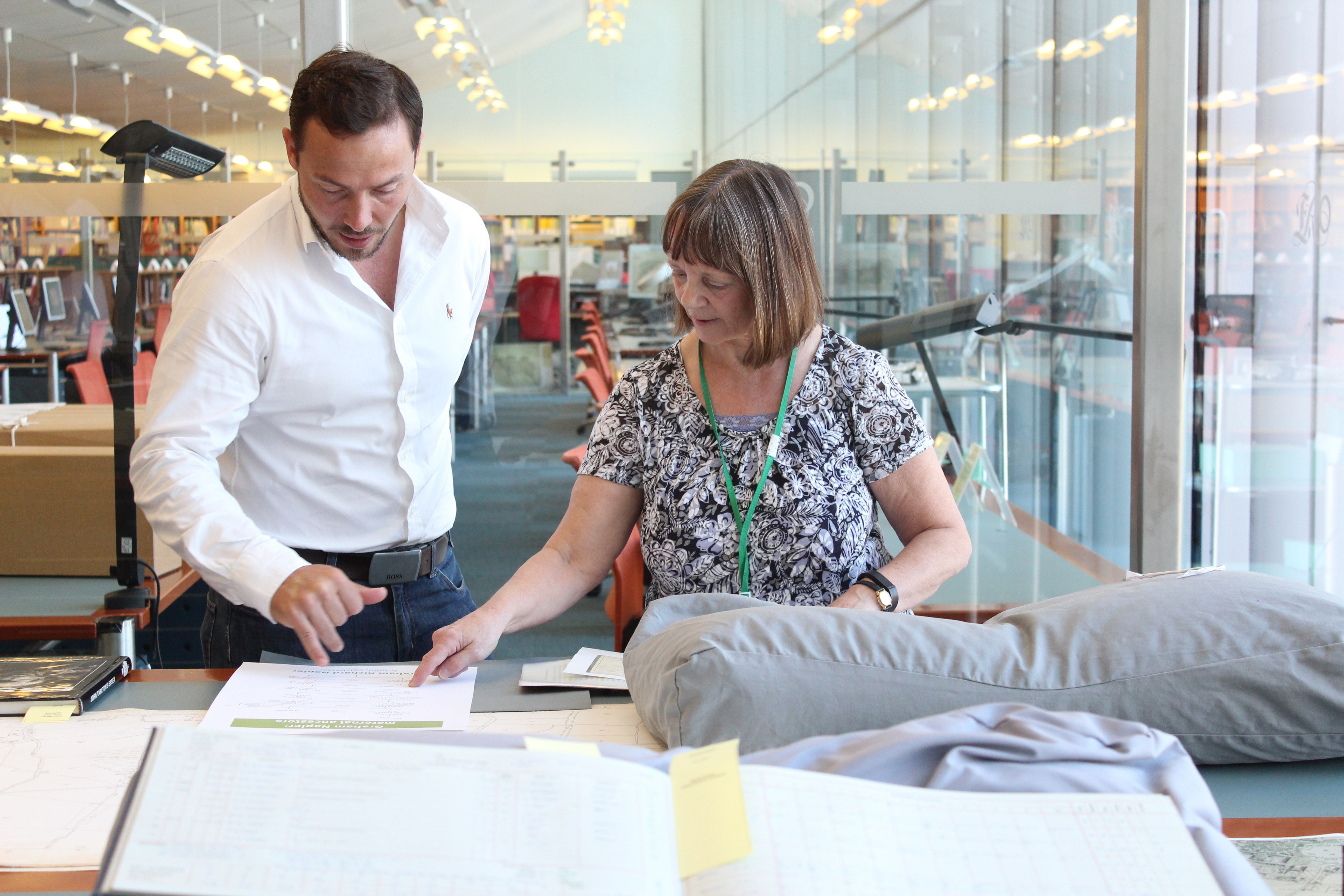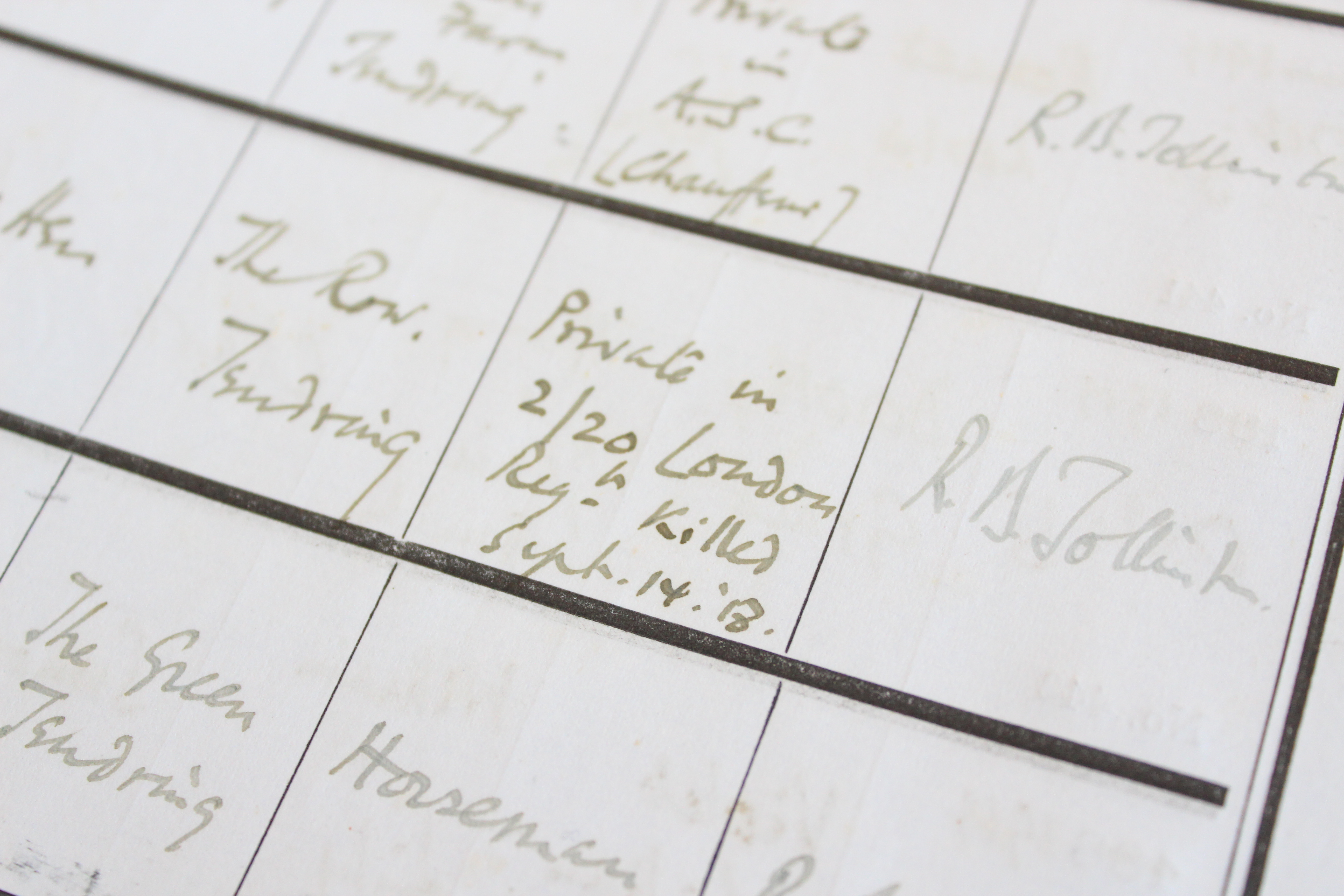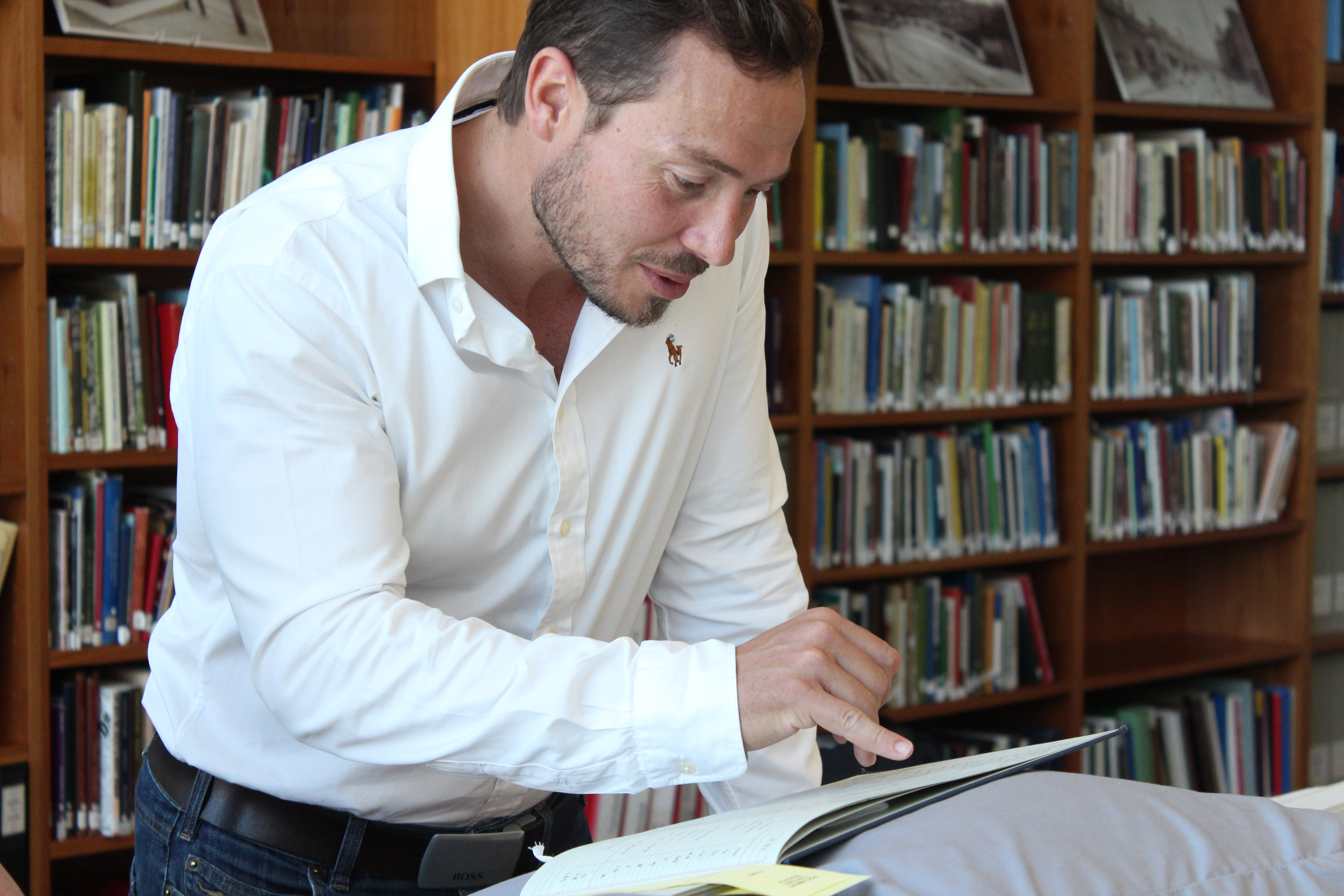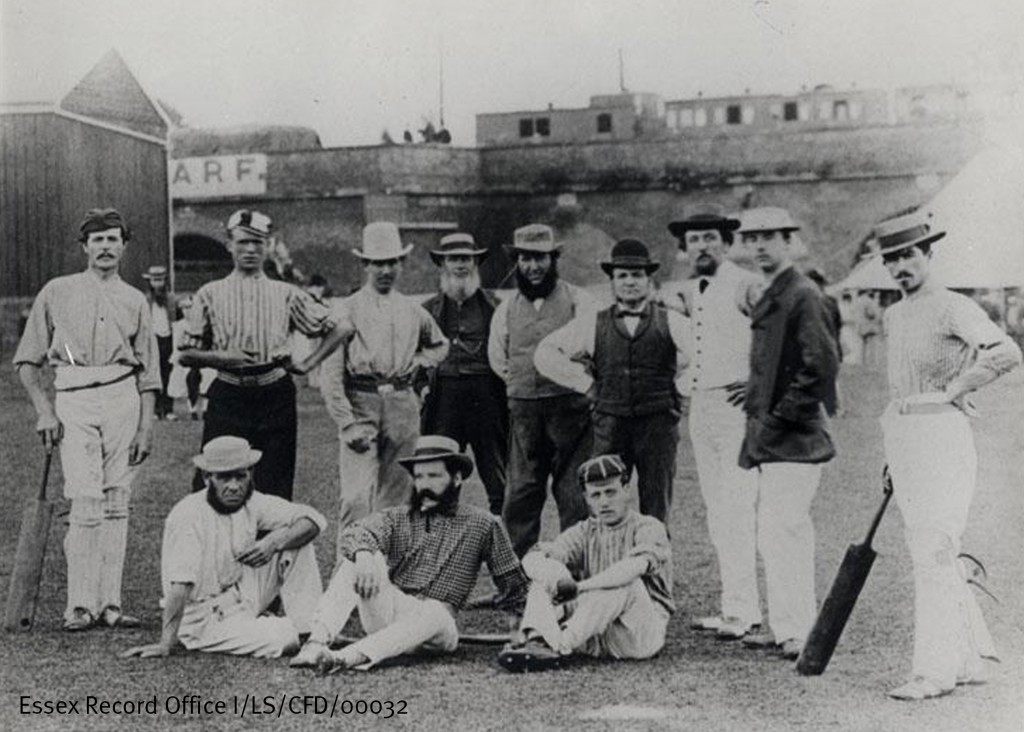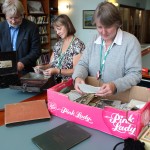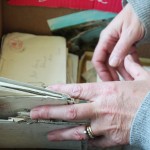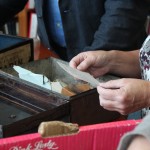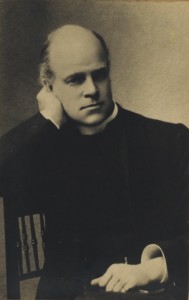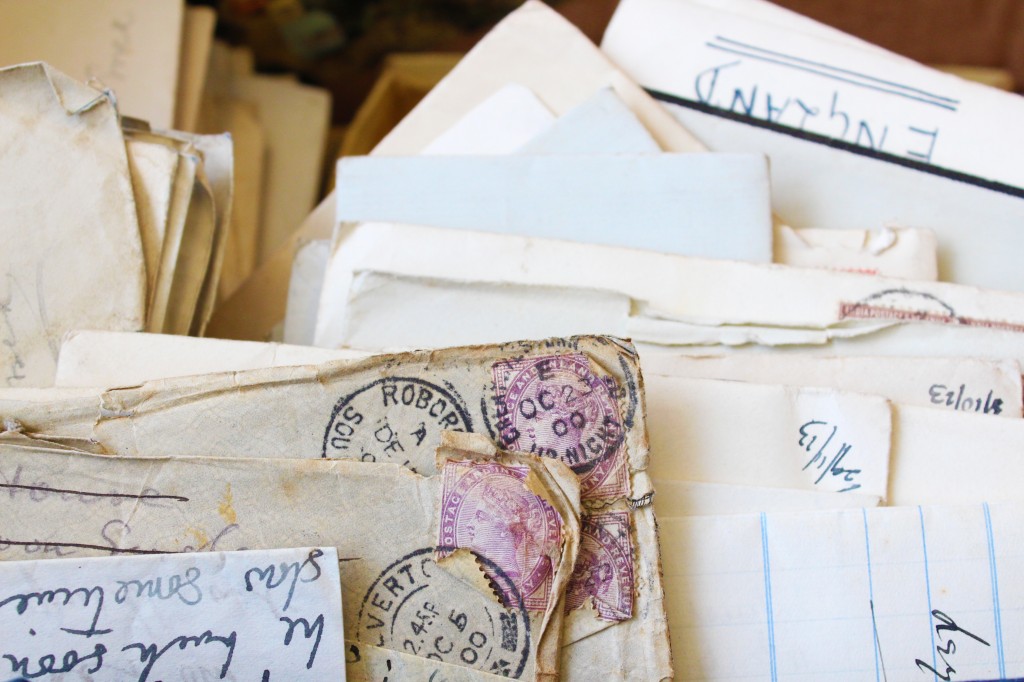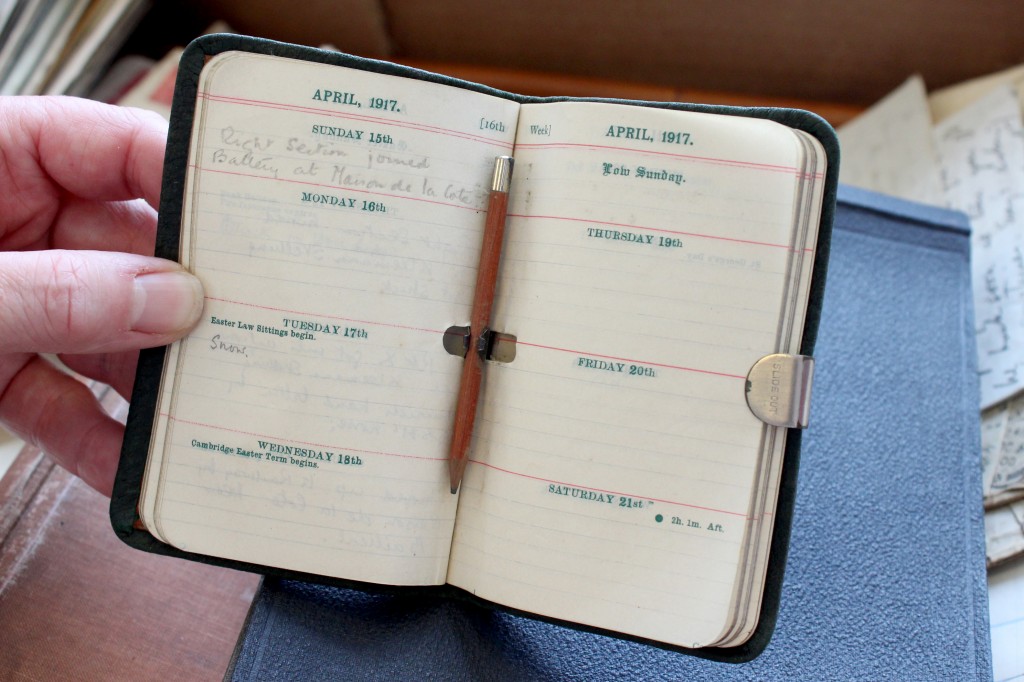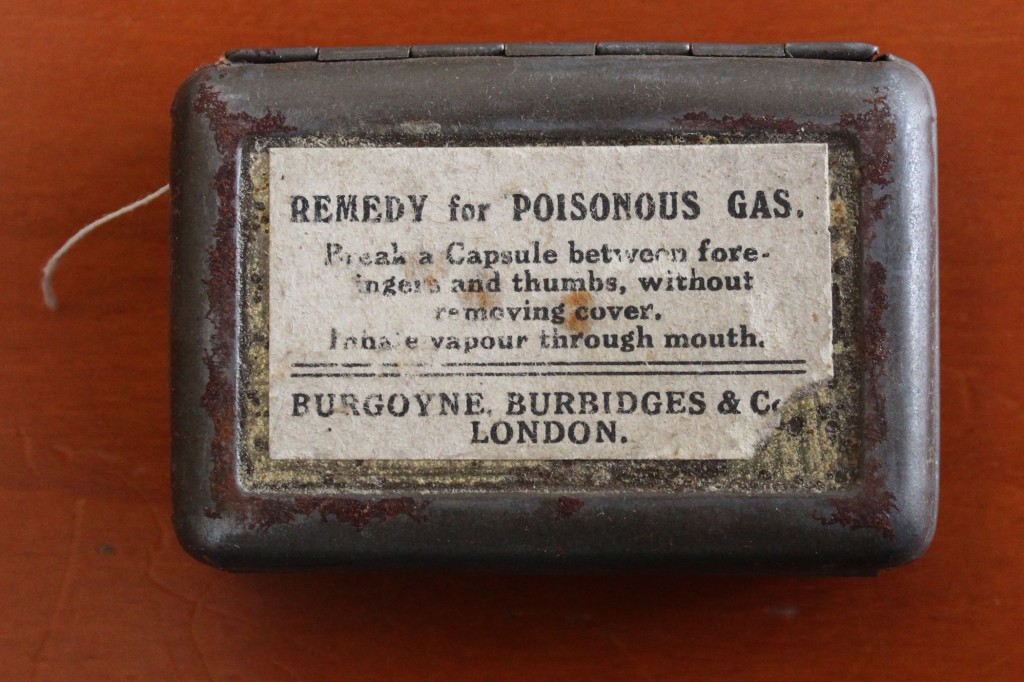On Saturday 16 July 2016 we will be screening The Battle of the Somme film here at ERO.
The Battle of the Somme is one of the most infamous engagements of the First World War. Beginning on 1 July, it raged for 141 days. Nearly 20,000 British soldiers were killed just on the first day of the battle, and over 30,000 were wounded.
The Battle of the Somme film was shot during the opening weeks of the battle. Released in cinemas in autumn 1916, it was seen by 20 million people, almost half the population of Britain at the time. The film is looked after by Imperial War Museums, who have re-released it in 2016 to show to audiences across the world.
Following the screening, there will be a talk from Ian Hook, Keeper of the Essex Regiment Museum, on the Essex Regiment’s experiences at the Somme.
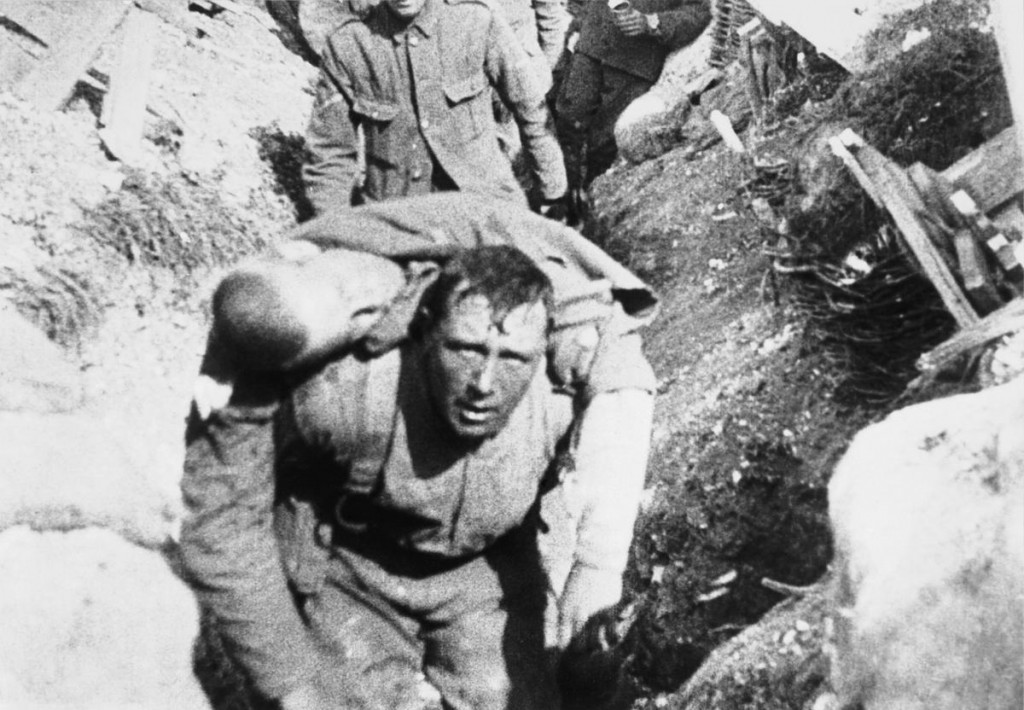
Still from The Battle of the Somme, courtesy of Imperial War Museums
Amongst the thousands killed at the Somme were several Essex men:
- Cpl, William Robert Elliston, 18th (Service) Battalion, King’s Royal Rifle Corps spent his early life in Ipswich, before moving to Chelmsford, where he worked for a printers. He joined up in November 1915. In February 1916 he married Ada Jane Barker at St John’s church in Moulsham. The couple were married just 8 months before William was killed. William’s battalion left for France in May 1916, and took part in the Battle of the Somme during the summer and autumn. William was wounded in the thigh on 15 September. He was operated on, but died on 22 September at No. 5 General Hospital in Rouen, aged 28. He is buried at St Sever Cemetary, Rouen. In spring 1917 Ada, who lived in Lady Lane in Chelmsford, was sent William’s personal effects, including a ring, wrist watch, cigarette case, pipe, and mirror. She never remarried, and lived to the age of 85, dying in 1980. (Information kindly supplied by Andy Begent of chelmsfordwarmemorial.co.uk)
- Cpl James John Halls, DCM, 1st Battalion, Rifle Brigade was born in Saffron Walden in 1895. He was one of five children, and attended the Boys’ British School in the town. On leaving school he worked as a telegraph messenger. He was sent to France in late August 1914, and was awarded the Distinguished Conduct Medal for ‘conspicuous gallantry’ at Ypres in May 1915. He and one other N.C.O. had spent 9 hours under heavy fire in a destroyed trench, firing on the enemy. Just before the Battle of the Somme erupted, Halls had written to his mother reassuring her he was in good health. Tragically, by the time she received it he had already been killed in the early hours of the action on 1 July, aged just 20. (Information kindly supplied by Robert Pike – read more here)
-
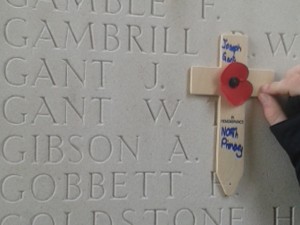
Children from North Primary School in Chelmsford remembering Joseph Gant at the Thiepval memorial
Joseph Gant lived in Brightlingsea and attended North School in Colchester. By age 15 in 1911 Joseph had a job as an errand boy for a china shop. He joined the 2nd Essex Regiment and arrived in France on 28th December 1914. On 1st July 1916 Joseph took part in the first day of the Battle of the Somme and was killed, his body never recovered. He was aged just 19. His younger brother, Arthur, was also killed in France in September 1918, aged just 18. (Information kindly supplied by Claire Driver of the We Will Remember Them project)
The Battle of the Somme film screening takes place at the Essex Record Office, Wharf Road, Chelmsford, CM2 6YT on Saturday 16 July, 1.30pm-4.00pm. Tickets are free but must be booked in advance on 033301 32500.
For more information about the First World War Centenary Partnership’s plans to commemorate the Battle of the Somme visit 1914.org


